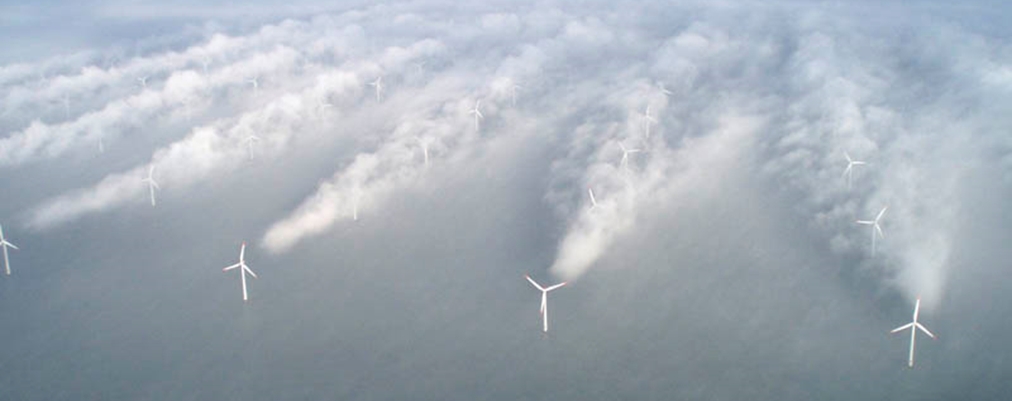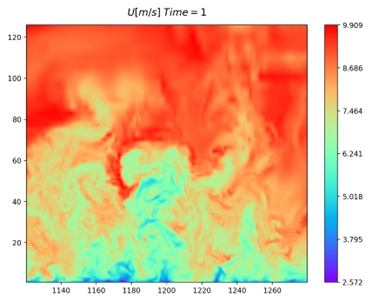
| [ Information ] [ Publications ] [Signal processing codes] [ Signal & Image Links ] | |
| [ Main blog: A fortunate hive ] [ Blog: Information CLAde ] [ Personal links ] | |
| [ SIVA Conferences ] [ Other conference links ] [ Journal rankings ] | |
| [ Tutorial on 2D wavelets ] [ WITS: Where is the starlet? ] | |
If you cannot find anything more, look for something else (Bridget Fountain) |
|
|
|
|

The phenomenon of meandering describes coherent variations in the trajectory of a wind turbine's wake. This generates specific mechanical stresses on turbines located in the wake of other turbines, thus influencing the design and production prediction of wind farms. Wake meandering is closely linked to the large scales of atmospheric turbulence, but its exact behaviour remains poorly understood, particularly for non-canonical cases or cases with several wakes. They are subject to the complex influence of various disturbances such as turbulence, wind turbine operation and rotor movements. Understanding these phenomena is crucial to determining the optimum locations for wind turbines. Large-scale simulation is a powerful tool for predicting these unsteady flows, but extracting the key flow characteristics from the vast data generated represents a major challenge. At present, the scientific community lacks a robust and effective methodology for tracking wakes, even in the most complex cases (floating wind turbines in motion, strong turbulence, superimposed wakes, etc.). Various techniques can be used to separate the turbulence from the mean field in order to identify the predominant structures in the flow. EMD (Empirical Mode Decomposition) is a data-driven method specifically designed to analyse non-linear and non-stationary phenomena. It is already used to analyse atmospheric flows and has been adapted at IFPEN to study flows in confined environments, such as piston engines. Send resume and motivated application letter to:
